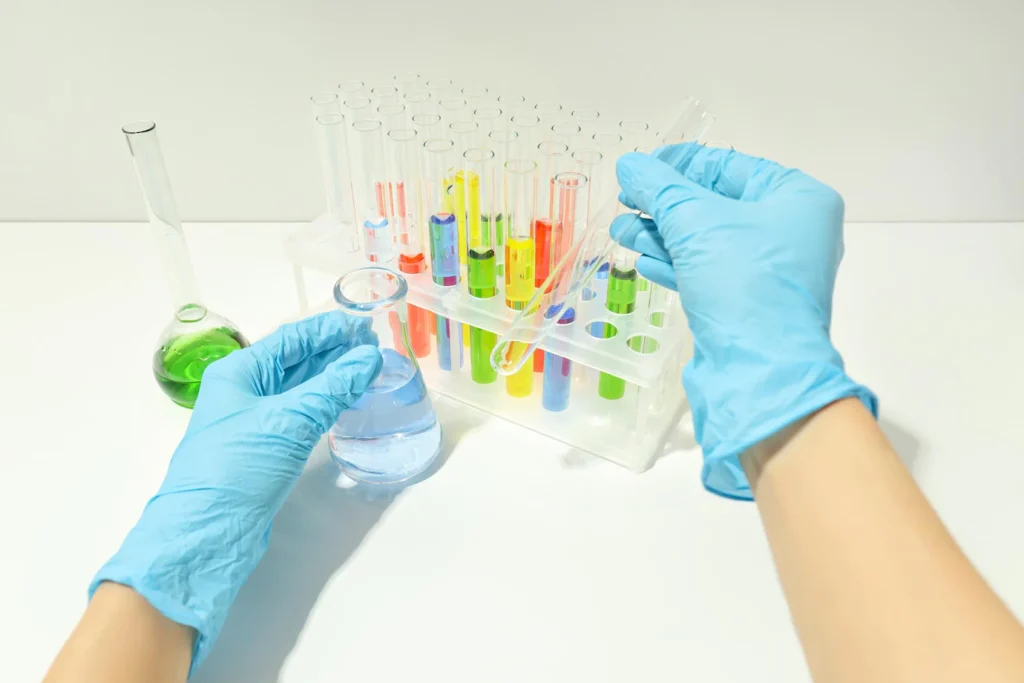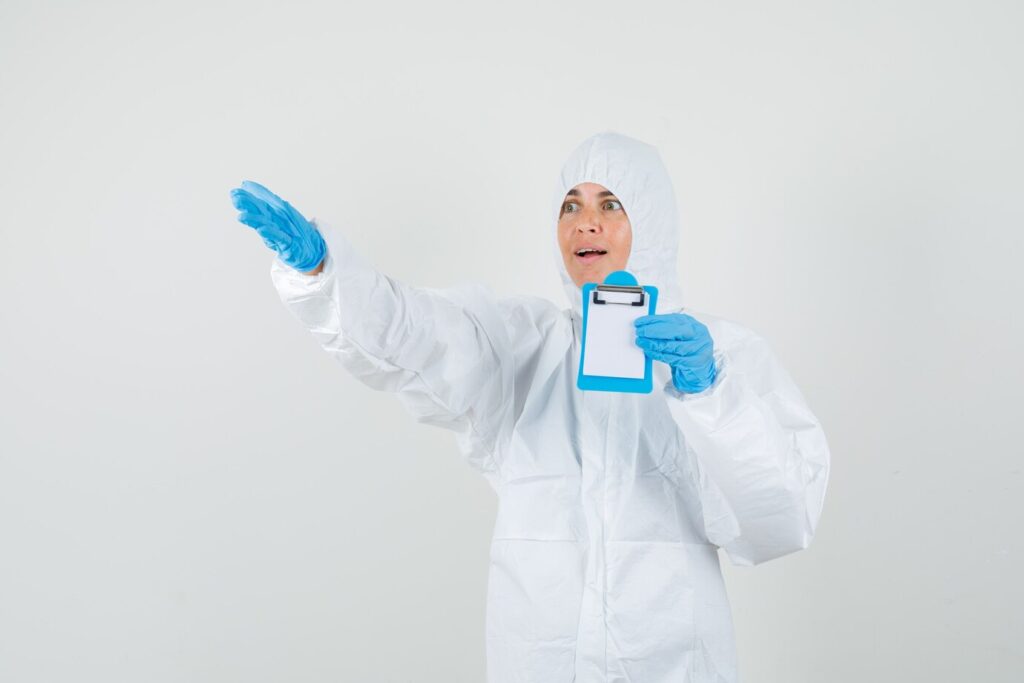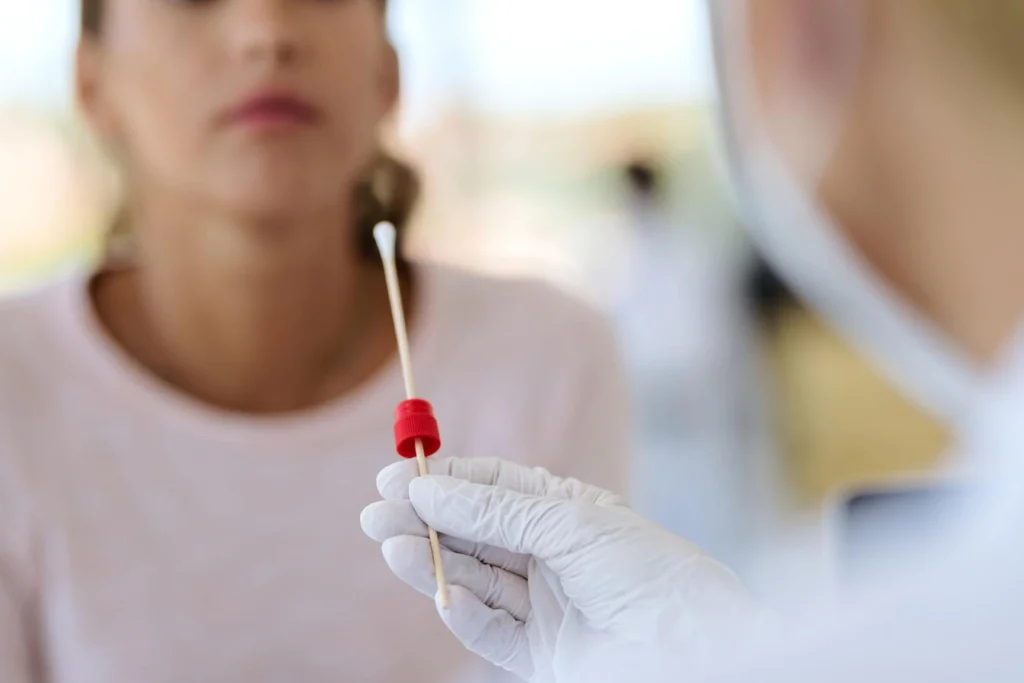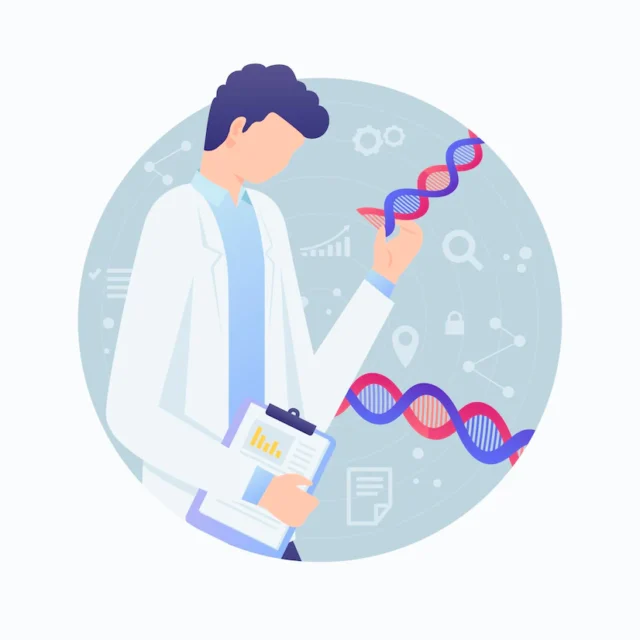With advanced technologies like DNA testing, researchers can now explore DNA sequences of multiple generations with relative ease. In this article, we will explore how DNA tests work and what they can tell researchers about ancestral relationships.
How does a DNA test work?

A DNA test is a molecular biology test that uses genetic material to determine the ancestry of a person or other organism. The test can identify the haplotype (the pattern of genetic variation) of a person’s DNA, as well as their demographic information such as their age, sex, and ethnicity.
The DNA from your sample is extracted and divided into tiny pieces, then analyzed using a variety of techniques to determine the haplotype and other genetic information.
How do you take a DNA test?
To take a DNA test, you will need to contact a laboratory that offers this type of test. The cost of the test will vary depending on the lab you choose.
Most labs will require you to provide a blood sample. You can also take a DNA test using saliva or hair samples.
Once you have chosen a lab and decided on the cost of the test, you will need to schedule a visit. During your visit, the lab will collect your blood or saliva sample. You will also need to provide a DNA sample from one of your gene strands. This can be done by cutting off a tiny piece of your hair or skin and mailing it to the lab.
Once the samples have been collected, the lab will run them through tests to determine your ancestry. The results of the test will be sent to you via mail.
You can find these services at CRI Genetics and see what your DNA has to say.
What are the risks of a DNA test?

There are a few risks associated with getting a DNA test. The most obvious risk is that the DNA test may not be reliable. Another risk is that the sample you provide may not be representative of your entire genome, which could lead to inaccurate results. Finally, there is the risk of genetic fraud, in which someone tries to use your information to commit fraud or harm others.
All of these risks are relatively small and typically result in inaccurate or inconclusive results. If you have any concerns about the risks of a DNA test, please discuss them with your healthcare provider.
How Many Generations Does a DNA Test Show?

A DNA test can show how many generations your ancestors were from a specific person. This is useful information if you want to know more about your family history or if you are trying to find a relative. Approximately DNA tests can show the results of up to 25 generations.
Conclusion
DNA tests can help you learn a lot about your genetics, from your ancestry to paternity, health, allergies, and even nutrition. Don’t hesitate to trace your ancestry and find out more about yourself.







